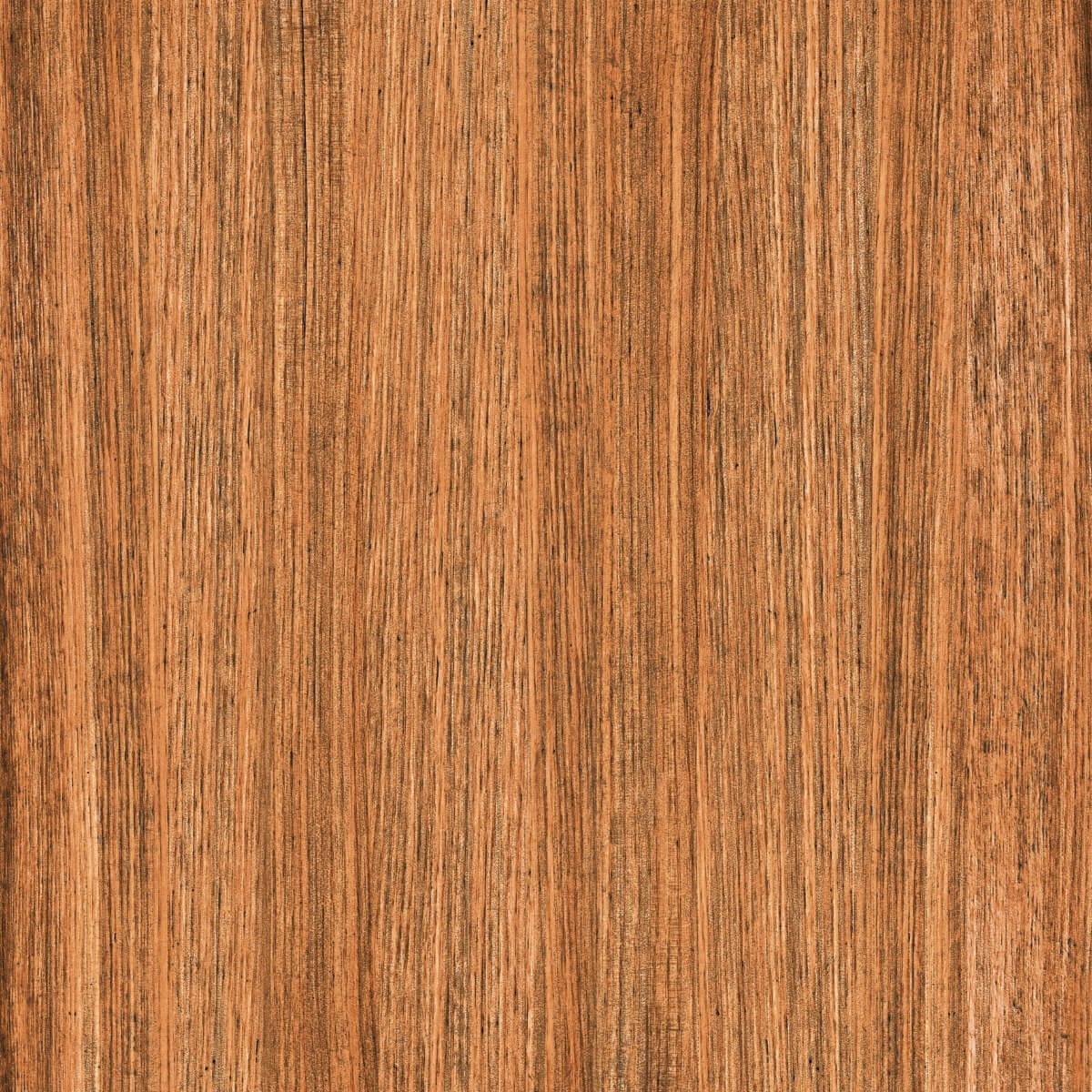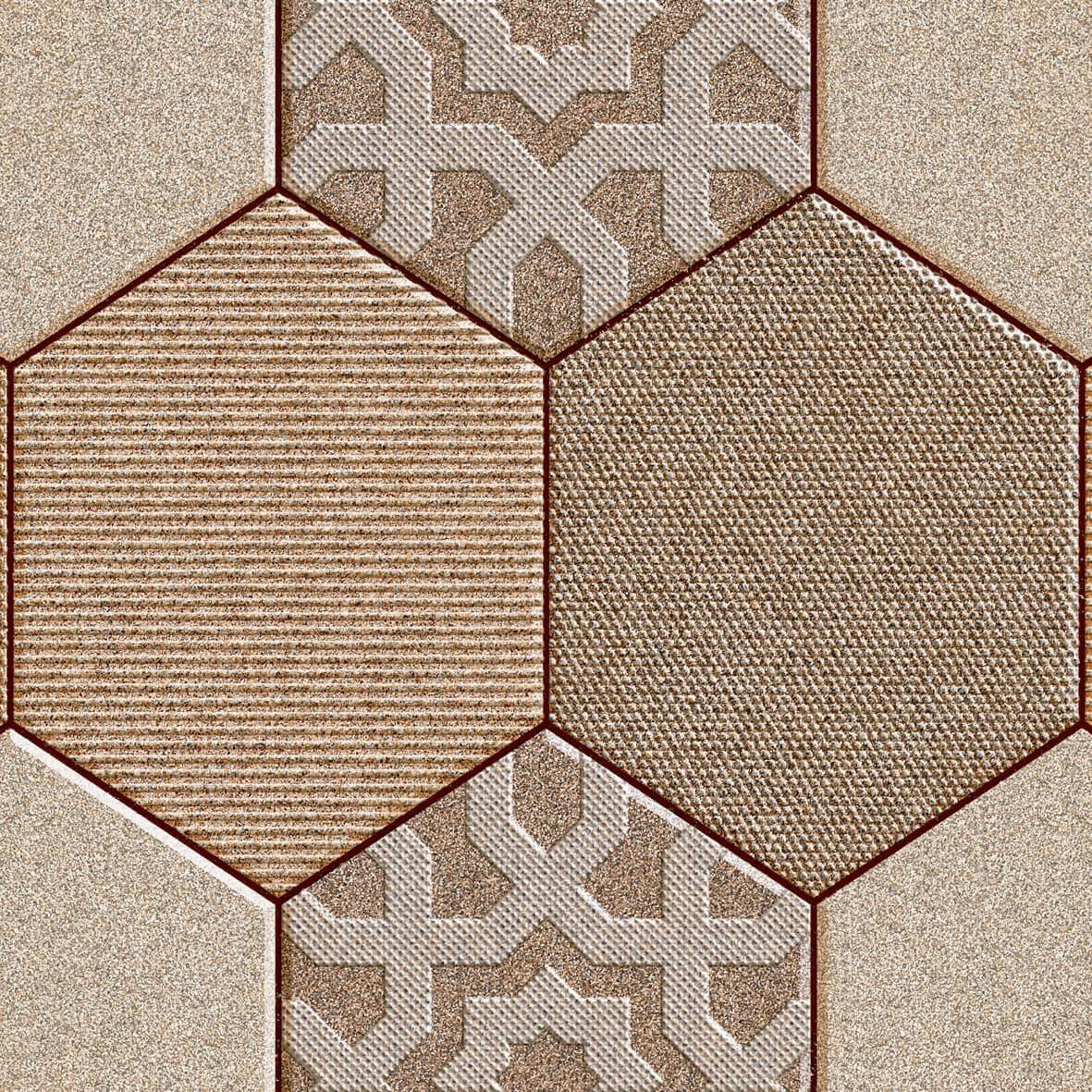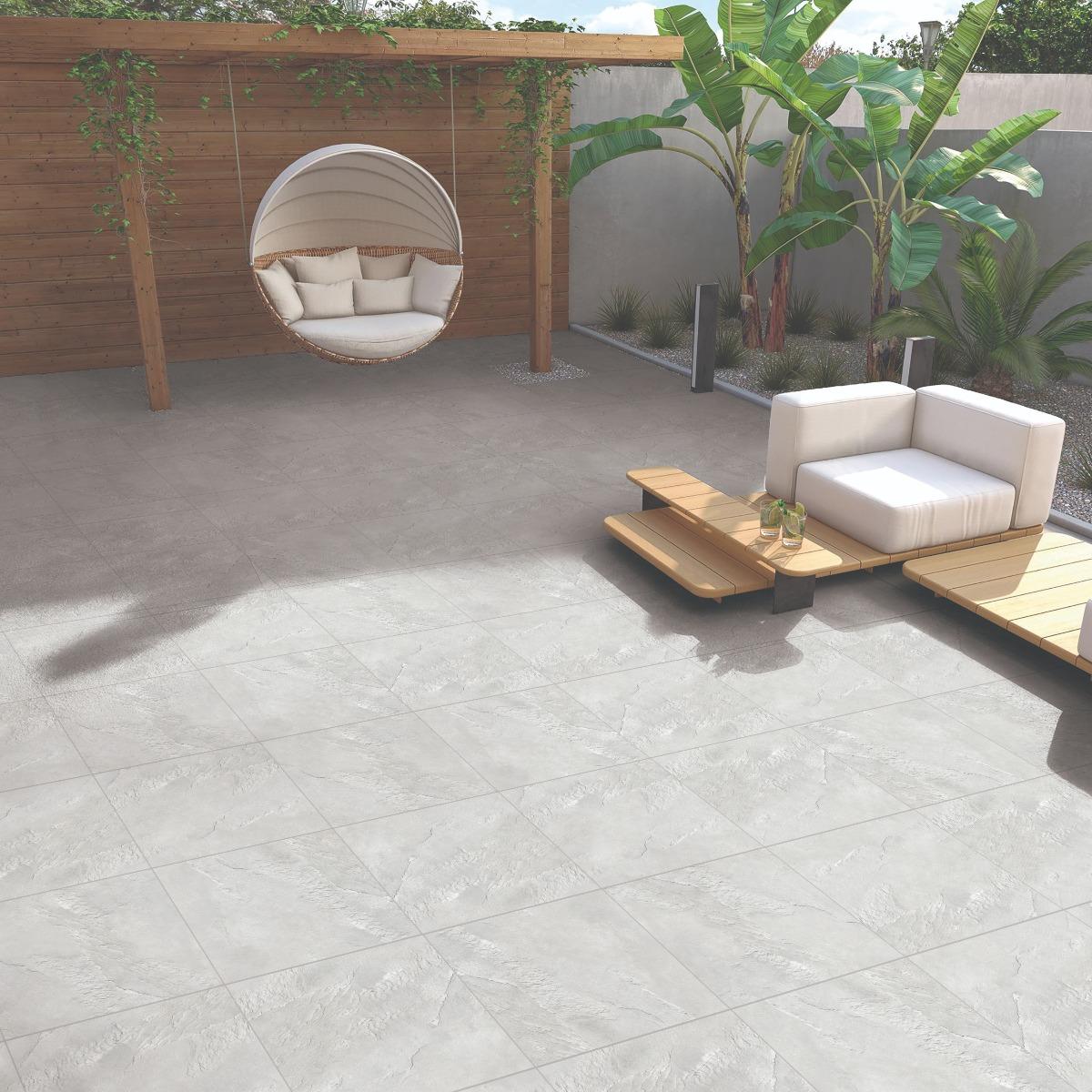When fitted wardrobes and cabinets are fixed on an external wall which is freely exposed to wind and rain, they have the tendency to trap moisture and dampness. This may result in the growth of mould and mildew which can damage the internal contents of the wardrobe. If your wardrobe has the tendency to trap moisture, use these tips to control dampness.
Check for Water Seepage
Water can seep from the external wall through wall cracks, leaky pipes, from the roof or an adjacent bathroom. The water can easily penetrate into the walls and the plywood of the wardrobe and cabinet.
![]()
Allow Good Air Flow within Wardrobe
One should never keep too many clothes within a wardrobe so that there is good air circulation which will prevent the growth of mould and mildew. The shoe cabinet should always have louvers so that there is continuous airflow within the cabinet. Also, it is essential to de-clutter and periodically clean the wardrobe so that there is no trapped moisture within the closed cabinets.
![]()
Store Dry Items
Always store clean and dry items within the wardrobe and cabinets as wet items may increase the humidity levels within the wardrobe and become a breeding ground for mould.
![]()
Ventilate the Home
Reduce the moisture within your home by opening the doors and windows to allow good cross ventilation. Sunlight is a natural disinfectant which also keeps dampness at bay.
Best Methods for controlling Dampness
- One of the best ways to prevent dampness within the wardrobe is by installing ceramic tiles or porcelain tiles to clad the internal surfaces of the fitted wardrobes and cabinets. This functions as the first line of defence and does not allow moisture to penetrate into the wardrobe from the external wall. However it is highly recommended to install a plastic or elastometric sheet membrane on the substrate before the tile installation.
![]()
Note: If you want a woody look for your wardrobe then go for wood-look ceramic tiles or opt for tiles which match with the colour of the wardrobe.

- Consider WPC (wood plastic composite) boards for the internal lining of the wardrobe, bathroom closets and cabinets as they have excellent resistance to moisture.
![]()
- Use newspapers or absorbent paper to line the shelves as it will absorb the moisture and can be periodically changed.
- Introduce silica gel packets or wrap powdered charcoal in a muslin cloth. The charcoal powder removes musty odours from the wardrobe and should be replaced after two months.
- Additionally, mothballs and naphthalene balls can reduce humidity and prevent the formation of mould and mildew.
![]()
Therefore these ingenious solutions are perfect for dealing with dampness within your wardrobes and cabinets.



























